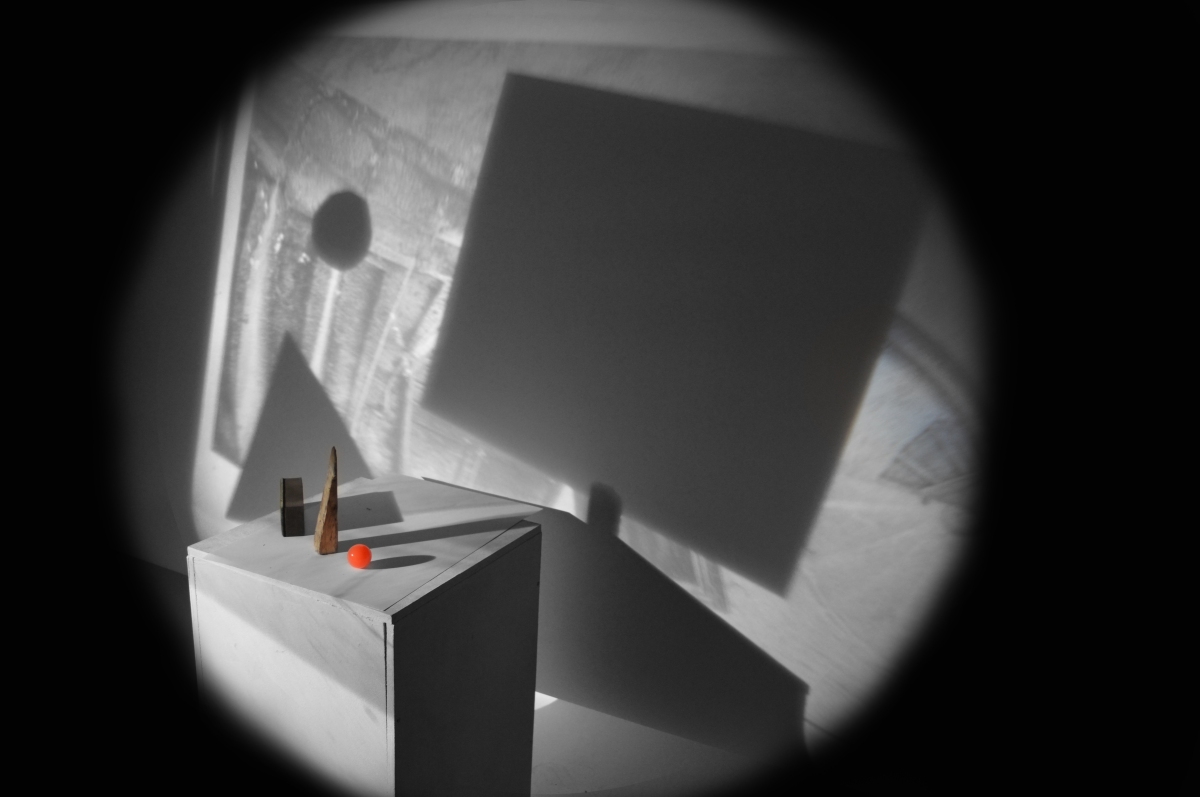
Final images




During the studio shoot, we used different coloured gels as a filter for the lighting. This made the lighting a different colour and offered a overall mood for the portrait. We used three different lighting methods to accomplish this: Split, Butterfly and Rembrandt. We would place the coloured gels gently over the top of the light (so it is covering the lightbulb.) This would obviously change the colour of the lighting to whatever coloured gel we used. A diagram of our studio is presented below:
(‘1’ and ‘2’ are our lights with gel over the top of them.)
The different colours of gel that we used had seemed to present different moods within the portrait. (For example: The darker blue seemed to output a more relaxing emotion, although creating a darker and depressing feel too. When brighter colours are used (like green or orange) it seemed to present a more happy feel to the portrait although a bit of a strain to look at in some cases.

So what are the three main settings you can change on a DSLR camera?